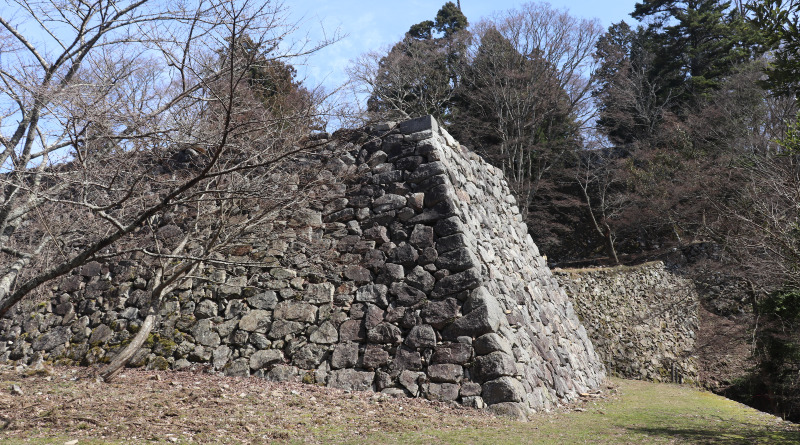[ad_1]
Sitting high in the mountain of south Nara Prefecture is Takatori castle. Though it no longer has its keep, it still holds the title of “strongest castle in Japan”. Though somewhat arduous to get to as the only way to the castle is up a mountain and through a thick forest, its magnificent stone walls are a reminder of the ingenuity that kept countless intruders at bay.
Takatori Castle
Walking to Mount Takatori
It is a long journey to Takatori castle.
There are three ways up to the castle: One is the way from Asuka, another is from Tsubosaka Temple, and the other one is from Tsubosaka Station.
While the first option is the easiest as you do not have to walk a lot to the castle, the third one is the main route to the castle. But it is the longest and toughest route of the three as it requires you to hike 583m to the top of Mount Takatori.
If you pick the third option, it is 4.5km and takes about 2 hours to the former site of the main keep. The good news is that the trail is really simple, so you don’t have to worry about getting lost. However, like any good mountain hike, make sure to wear proper footwear and bring some snacks and plenty of water with you!!
The Old Castle Town
From Tsubosaka Station, go straight along the Tosa Kaido.
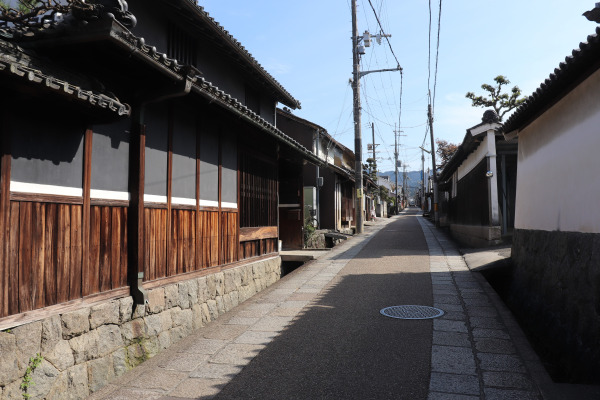

The area around Tosa Kaido is the old castle town. There are even still several old houses that once belonged to the samurai vassals of Takatori Castle.
This was once the true lifeblood of the castle as people spent most of their time here unless the castle was under attack.
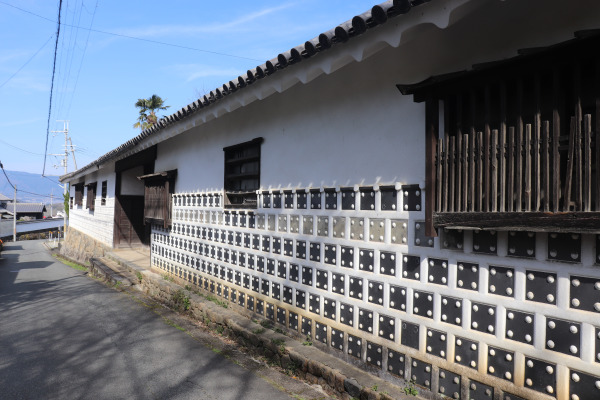
The Trail to Takatori Castle
The trail will eventually guide you out of the town and up the mountain trail. The first half of the trail is particularly tough, but it is really fun to imagine how hard it would have been for people in ancient times. Not to mention warriors with all their weapons and equipment!

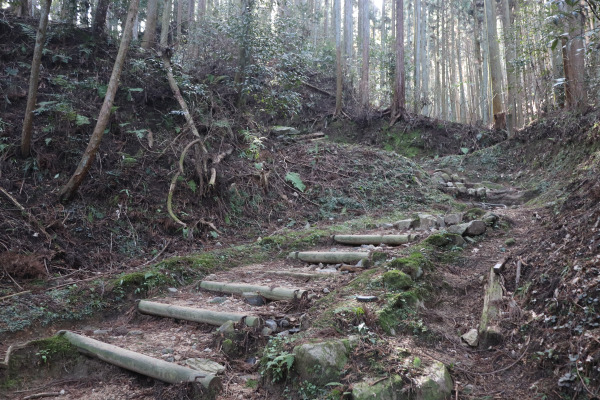
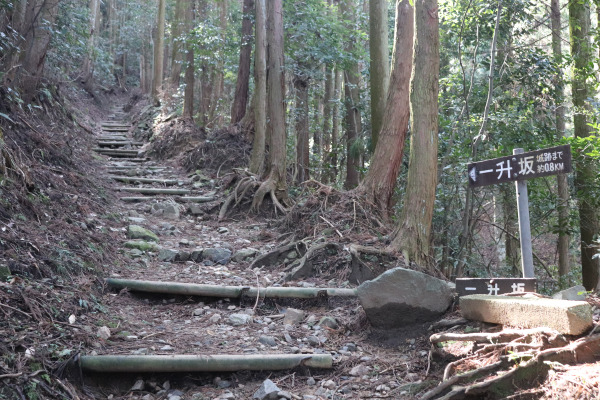
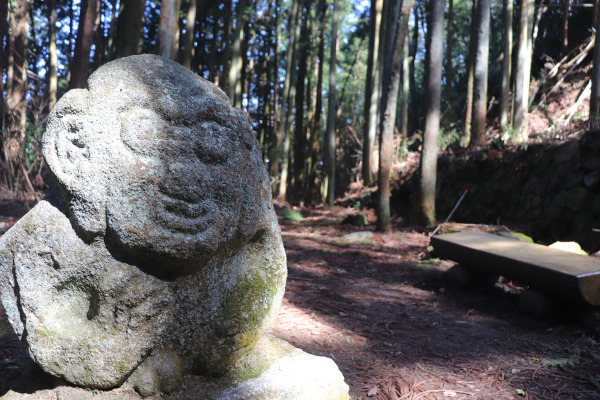
After the monkey stone, is the first gate of the castle, Ni no Mon Gate.
You will also find what is possibly the remains of one of the castle’s moats near the gate. If it is indeed a moat and not some form of drain then it is truly rare indeed as it is often hard to find sources of water in mountains.
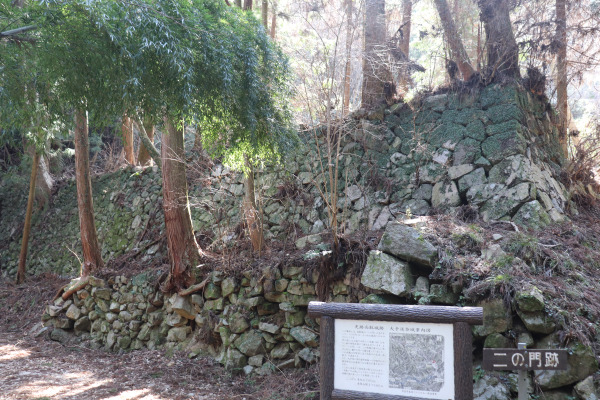
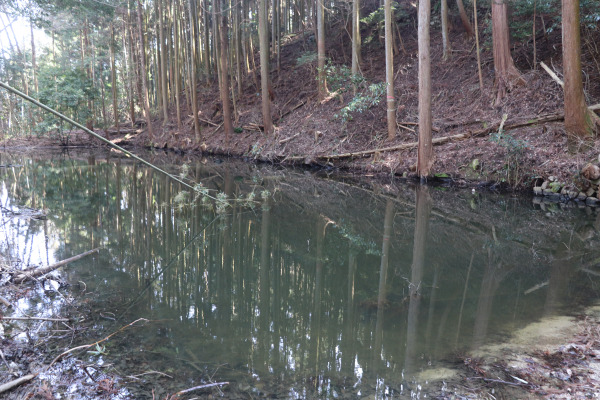
Since it only took an hour to hike the trail to the castle, you might not realize how challenging this castle would be for intruding forces.
In fact, the reason why Takatori Castle is known as the strongest castle in Japan is its long series of gates, including the Udamon Gate and the Chihayamon Gate. Each of these gates was heavily fortified with turrets and stone walls. The forests of the mountain would also allow Takatori’s forces to hide and take their enemy by surprise. So, this “short” hour hike was essentially one giant boobytrap.
One example of how difficult it was to sack this castle took place at the end of the Edo Period. An anti-government group of 1,000 people led an assault on the castle, but a mere 200 soldiers were enough to protect Takatori.
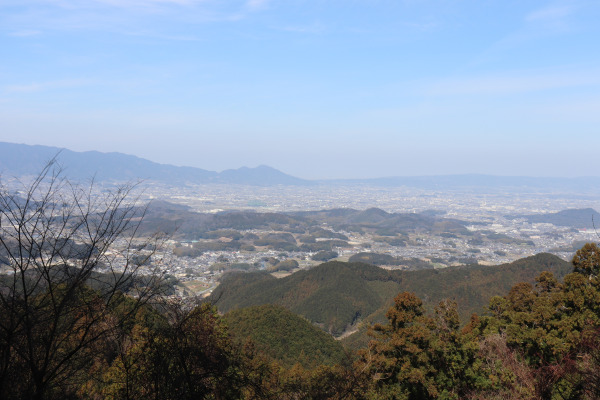
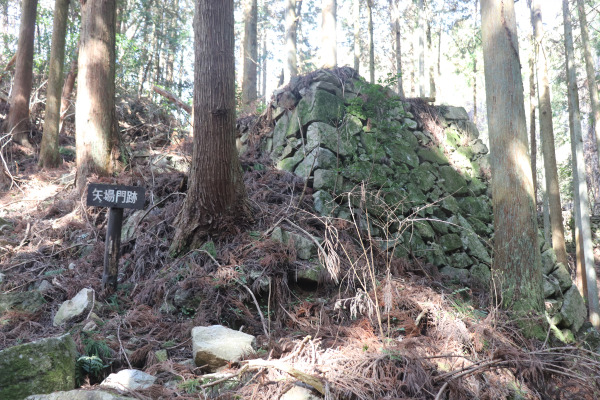
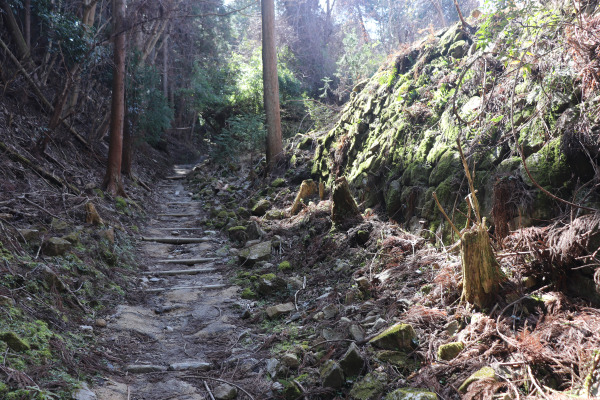
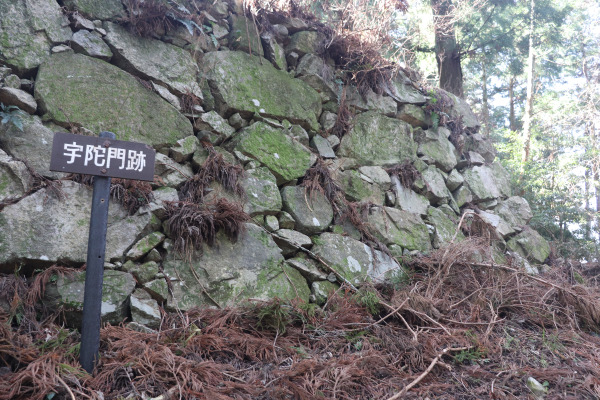
After Chihayamon Gate, you will at last reach Otemon Gate and enter the castle grounds.
If you chose to use different trails to go up the mountain, all of them merged into one right before Otemon Gate.
Takatori Castle
The Oda clan (yes, that Oda clan) built Takatori Castle in the year 1332. After Nobunaga took control of the country, he decided to designate Koriyama Castle as the main castle in Nara and demolished Takatori Castle in 1580.
However, after Toyotomi Hideyoshi’s brother, Hidenaga, took over Koriyama Castle, Takatori Castle was given to the Honda clan and they resonstructd the castle as a more modernized mountain fortresss.
In the Edo Period, the Uemura clan took over Takatori Castle and they governed this region for 14 generations. All the way until the end of the Edo Period!
The main entrance of the castle is Otemon Gate. No matter which route you take, you will go through this gate to enter the castle.
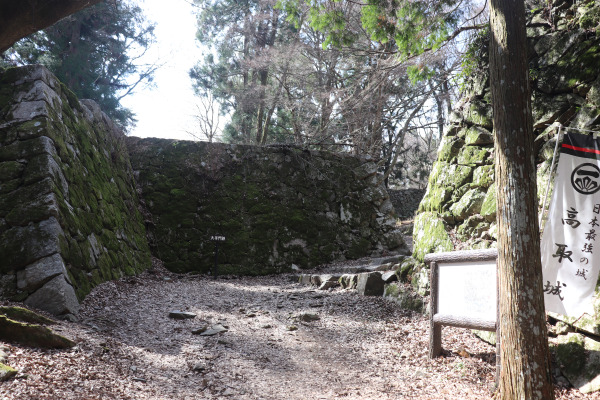
Castle Walls and Fortifications
It is surprising that there is such a huge castle on the top of the mountain.
We went to several mountain castles including Bitchu Matsuyama Castle, but Takatori Castle is a much bigger, complicated structure.
The stonewalls total 3.5km in length. In its prime, these walls were armed with about 27 turrets. Takatori was also beautiful. What few old pictures remain of the castle clearly depict that it was as magnificent as Himeji Castle, with its beautiful white walls.
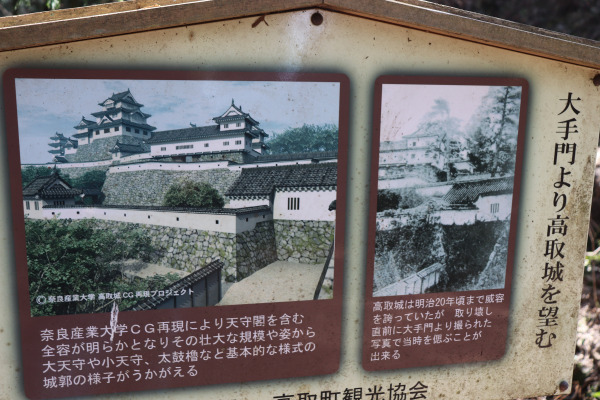
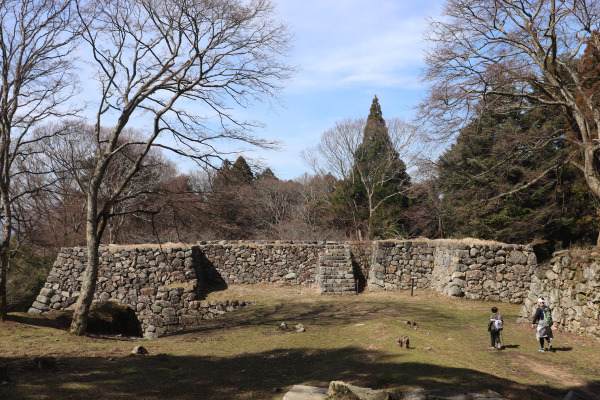
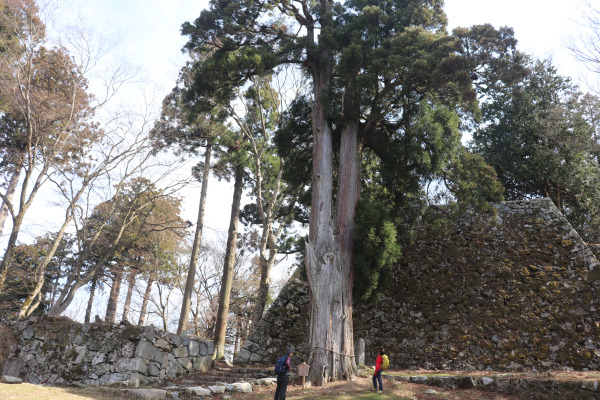
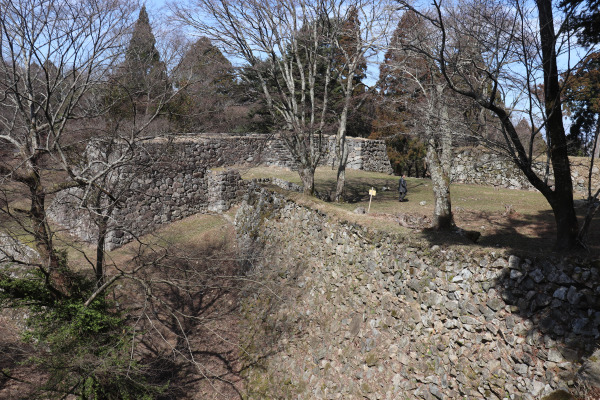
After going up the stairs, you reach the ruins of the honmaru, the castle’s keep.
The main keep had two multi-leveled towers or tenshu: a large tenshu (consisting of three stories) and a small tenshu (consisting of two stories). These towers were connected with each other with as well as several turrets.
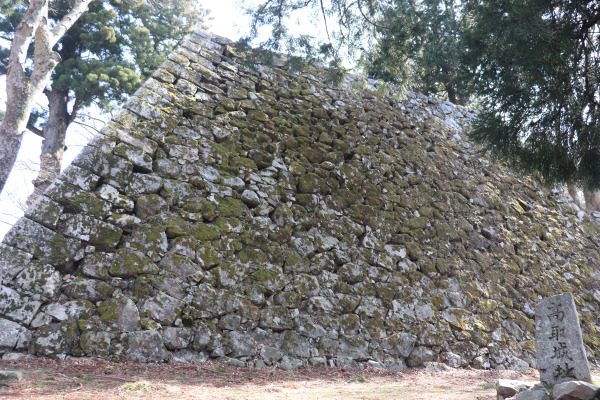
After the collapse of the Tokugawa Shogunate, Takatori Castle was abolished and its keep abandonded.
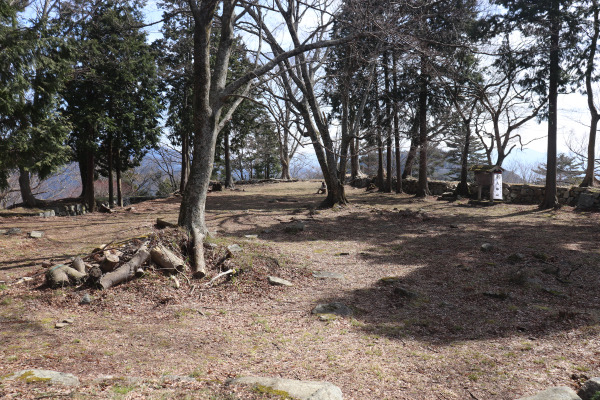
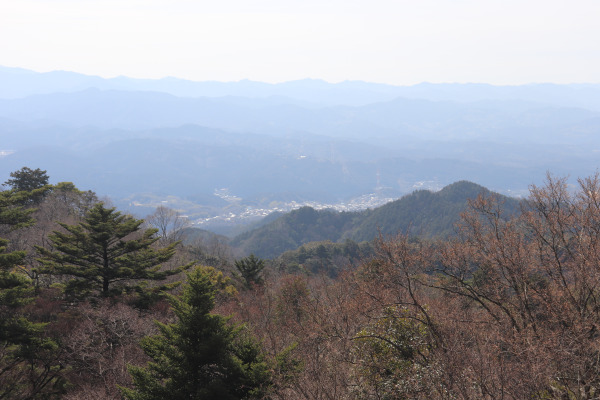
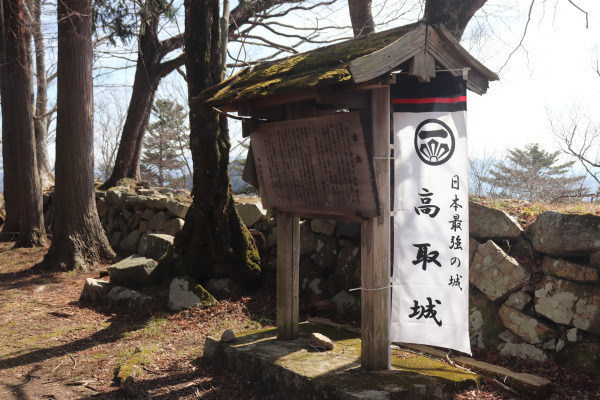
[ad_2]
Source link

